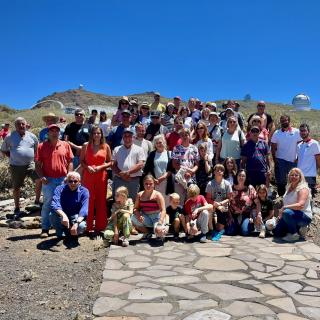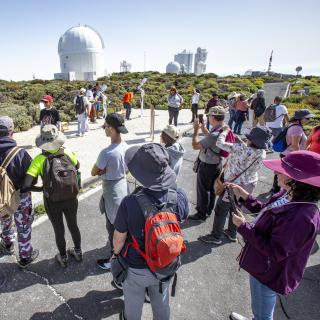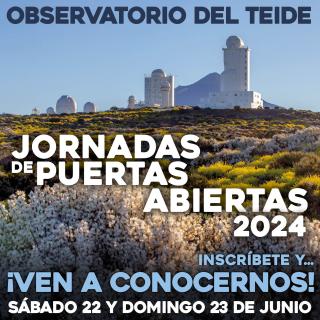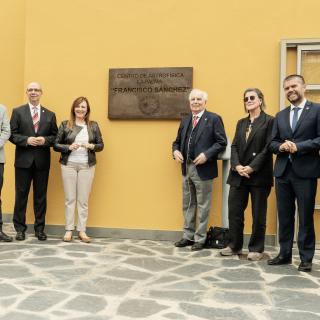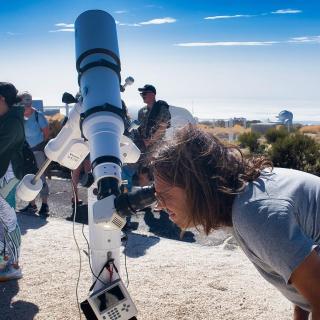
The Instituto de Astrofísica de Canarias (IAC) is joining the ninth edition of the PHE Festival , one of the most outstanding musical events of the summer in Tenerife. In this first collaboration, the IAC has organised a series of activities that bring astronomy closer to the general public, thus complementing the cultural offer of the festival. On 21 and 22 August, the IAC offered guided tours of the Teide Observatory, allowing visitors to get a first-hand look at one of the most important astronomical research centres in the world. These exclusive visits provided the opportunity to explore
Advertised on
